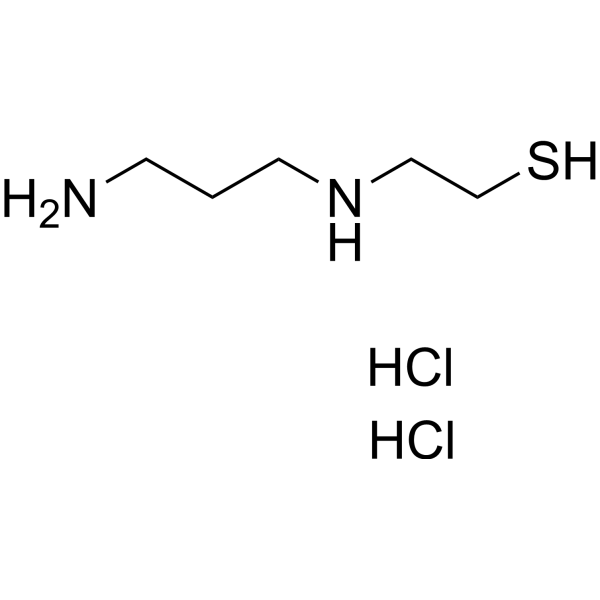p53
TP53 (better known as p53) is a tumor suppressor gene that controls response to several different cellular stresses including DNA damage, hypoxia and oncogene activation. Functionally, the p53 protein acts as a transcription factor, binding to specific DNA sequences. As a transcription factor, p53 can both activate and repress gene expression. Classically, p53 has been implicated in controlling genes involved in apoptosis, senescence, and cell cycle arrest. More recently however, p53 has also been shown to play roles in metabolism, necrosis, autophagy, reactive oxygen species (ROS) accumulation and stem cell maintenance. Of the approximate 20,000 genes in the mammalian genome, p53 is the most frequently mutated in human cancer. Mutations in p53 generally result in loss of wild-type (WT) activity and formation of a protein with dominant-negative activity against any remaining WT protein. In addition, some mutations give rise to the acquisition of new functions (gain of function or GOF mutations) such as induction of the angiogenic factors (e.g., VEGF), metastasis, resistance to specific therapies and inactivation of other members of the p53 family of proteins.
Since both p63 and p73 also seem to function as tumor suppressor genes, their inactivation by mutant p53 may further contribute to cancer progression. MDM2 is an E3 ubiquitin ligase that targets p53 protein for ubiquitin-dependent proteolysis in the proteasome. MDM2 has been shown to inhibit the transactivation domain of p53 and promote its transfer from the nucleus to the cytoplasm. Increased levels of MDM2 thus results in low levels of p53 in the absence of cellular stresses. Both the MDM2 and MDM4 genes are amplified and/or overexpressed in several different cancer types. Thus, MDM2 is especially overexpressed in specific sarcomas, melanomas and breast cancers, while MDM4 is frequently overexpressed in melanomas, colorectal cancer and breast cancers. Since the p53 gene is frequently mutated or inactivated in several different cancer types, it is a highly attractive therapeutic target for treating the disease. 98 genes that were potentially synthetic lethality with p53, the genes identified are involved in a variety of biological functions including post-translation modification, cell cycle, cell proliferation and cell signaling. Several of these genes are potentially targetable genes such as PLK1, MTOR, CDK1, TTK, PIK3CA and CHK2. Since the p53 gene is frequently mutated or inactivated in several different cancer types, it is a highly attractive therapeutic target for treating the disease. Furthermore, as mutant p53 has been reported to confer resistance to different cancer therapies, its reactivation or neutralization might be expected to reverse this resistance.
References
1.Duffy MJ,et al. Cancer Treat Rev. 2014;40(10):1153–1160.
Since both p63 and p73 also seem to function as tumor suppressor genes, their inactivation by mutant p53 may further contribute to cancer progression. MDM2 is an E3 ubiquitin ligase that targets p53 protein for ubiquitin-dependent proteolysis in the proteasome. MDM2 has been shown to inhibit the transactivation domain of p53 and promote its transfer from the nucleus to the cytoplasm. Increased levels of MDM2 thus results in low levels of p53 in the absence of cellular stresses. Both the MDM2 and MDM4 genes are amplified and/or overexpressed in several different cancer types. Thus, MDM2 is especially overexpressed in specific sarcomas, melanomas and breast cancers, while MDM4 is frequently overexpressed in melanomas, colorectal cancer and breast cancers. Since the p53 gene is frequently mutated or inactivated in several different cancer types, it is a highly attractive therapeutic target for treating the disease. 98 genes that were potentially synthetic lethality with p53, the genes identified are involved in a variety of biological functions including post-translation modification, cell cycle, cell proliferation and cell signaling. Several of these genes are potentially targetable genes such as PLK1, MTOR, CDK1, TTK, PIK3CA and CHK2. Since the p53 gene is frequently mutated or inactivated in several different cancer types, it is a highly attractive therapeutic target for treating the disease. Furthermore, as mutant p53 has been reported to confer resistance to different cancer therapies, its reactivation or neutralization might be expected to reverse this resistance.
References
1.Duffy MJ,et al. Cancer Treat Rev. 2014;40(10):1153–1160.
Apoptosis
p53
-
Rezatapopt
产品货号 : M37295
cas no: 2636846-41-6
Rezatapopt 是一种抗肿瘤药,用于抑制 p53 突变的实体瘤。
-
BAY 1892005
产品货号 : M37114
cas no: 2036352-13-1
BAY 1892005 是 p53 蛋白的调节剂,作用于 p53 凝聚体,不会导致突变型 p53 再激活。
-
C16 Ceramide
产品货号 : M34959
cas no: 24696-26-2
C16-Ceramide 是一种天然小分子,通过直接选择性结合激活 p53。
-
Amifostine thiol dihydrochloride
产品货号 : M29602
cas no: 14653-77-1
WR-1065 diHClide 可通过 JNK 依赖性信号通路激活 p53。它还可以保护正常组织免受某些抗癌化合物的毒性作用。
-
CT-1
产品货号 : M27867
cas no: 1983924-33-9
CT-1 是一种 DNA 小沟配体,可引起 p53 依赖性乳腺癌细胞凋亡。



 021-51111890
021-51111890 购物车(0)
购物车(0)
 sales@molnova.cn
sales@molnova.cn






